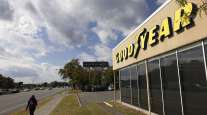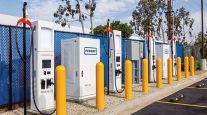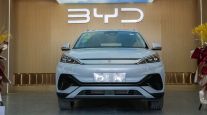Contributing Writer
COVID-19 Jolts Workhorse Production; Year-Over-Year Losses Widen
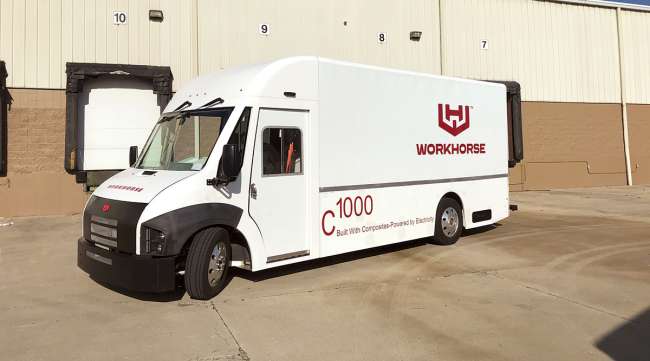
[Ensure you have all the info you need in these unprecedented times. Subscribe now.]
A COVID-19 outbreak has upended production at electric truck startup Workhorse Group as nearly 40% of the company’s factory workforce have become infected or exposed to the virus.
The Loveland, Ohio-based company won’t meet its original projection of assembling 300 to 400 trucks by the end of this year, CEO Duane Hughes told analysts in a Nov. 9 conference call.
In the same call, Hughes outlined Workhorse’s third-quarter financial results.
Workhorse saw its net loss balloon to $84.1 million in Q3 from $11.5 million in the same quarter a year earlier. Much of the loss came from a financial maneuver that converted debt to stock. The company’s operating loss rose 75% to $9.8 million from $5.6 million in the same period a year earlier.
Revenue grew to $564,707 from just $4,258 in the same period a year earlier. The company, which makes electric step vans designed for last-mile delivery, delivered seven trucks in the third quarter. It has an order backlog of 1,700 vehicles. Hughes said it has told UPS Inc., its largest customer, to expect delays in trucks headed for the delivery company’s San Diego operations.
The truck builder is working on getting its COVID-19 outbreak under control, Hughes said.
“We are currently experiencing new positive cases on a daily basis and have more than 36% of our production-related staff currently out,” he said.
The company has production facilities in Loveland, Ohio, and Union City, Ind.
That is forcing Workhorse to modify its assembly process and limit production support and access to its facilities from third-party sources. The outbreak also delayed plans to hire an additional 200 production-related workers, he said.
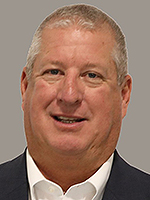
Hughes
“We can’t predict the COVID situation now, let alone in 2021. However, if conditions improve and the virus is not a business issue for us or our suppliers going forward, then we would anticipate producing 1,800 units in 2021,” Hughes said.
But for now, vehicle production continues to be hampered by the virus outbreak as well as a supplier issue with EnerDel Inc., Workhorse’s battery supplier.
Workhorse likes how the battery packs perform in its vehicles and is working with EnerDel to relieve the bottleneck. It also is looking to bring on other battery suppliers so that production doesn’t hinge on just one provider, Hughes said. Workhorse continues to make progress in other areas, including shoring up its balance sheet, he said.
It closed a $200 million convertible note placement with a group of institutional lenders in October and converted a previous $70 million note into shares. The two actions helped Workhorse build $260 million in cash reserves.
At the start of the fourth quarter, Workhorse landed an order for 500 C-1000 trucks from commercial vehicle retailer Pritchard Auto Co. The deal reflects Workhorse’s strategy to build sales through dealer networks.
“We believe this initial sale is just the start of this channel’s growth,” Hughes said.
A vital component of that strategy is an agreement with Hitachi Capital America to provide financing for both dealer clients and customers, Hughes said. Hitachi also assessed Workhorse’s manufacturing, operational and supply chain capabilities, and has recommended improvements, he said.

Mann
“The Workhorse C-1000 is a significant milestone in the electrification of last-mile delivery trucks,” Kirk Mann, senior vice president and general manager of Transportation Finance at Hitachi Capital America, said in a statement.
Workhorse also became eligible in October for New York state environmental vouchers that subsidize commercial electric vehicle sales. It already is qualified for California environmental sales incentives. That includes collecting two California zero-emission vehicle credits per truck sold. There is a brisk market for such credits among automakers, and they have become a significant contributor to Tesla Inc.’s profits.
Additionally, Workhorse applied for approval from the Federal Aviation Administration of the design of its HorseFly drone delivery system. The Horsefly can use a delivery truck as its base and carry a 10-pound package up to 10 miles.
Hughes said he expects the certification process to take 12 to 24 months.
Want more news? Listen to today's daily briefing:
Subscribe: Apple Podcasts | Spotify | Amazon Alexa | Google Assistant | More


